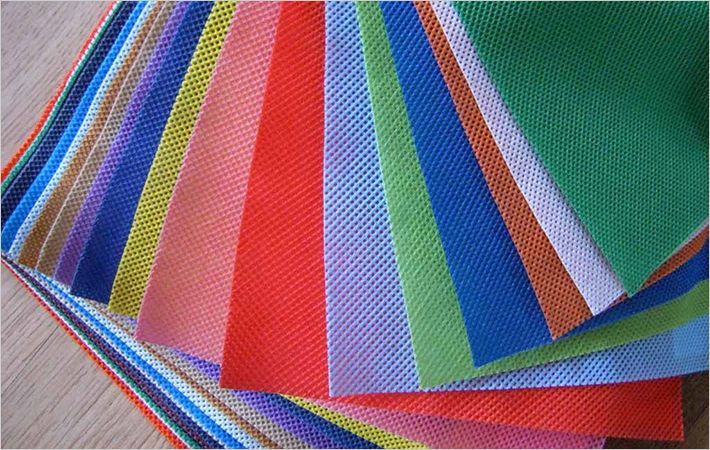The functional features of winter clothing are particularly high-specification. By combining various different modern materials, it is now possible for a single product to offer not only features such as thermal insulation and breathability but also a water-repellent surface and a lining which both absorbs perspiration and dries quickly. At the Hohenstein Institute in Bönnigheim, companies can have the quality of their products assessed objectively and independently. The results, which are presented in the form of what is called a comfort rating, on the one hand can be used to improve the products, and, on the other, are an important sales argument.
The scientists at the Hohenstein Institute in Bönnigheim have decades of experience in objectively assessing how comfortable clothing is to wear.The functional features of winter clothing are particularly high-specification. By combining various different modern materials, it is now possible for a single product to offer not only features #
On the basis of standardised and internationally recognised test procedures all the main physiological characteristics of the garment have to be investigated and assessed: thermal insulation, breathability and how the textile affects the skin (skin sensory properties).
Depending on the specific situations in which the garment will be worn, varying degrees of sweating may be simulated, and parameters such as drying time, ability to absorb moisture etc. are measured. If required, functional aspects such as tear-resistance and wind- and waterproofing are also included in the test programme. The Hohenstein scientists can also carry out more tests to assess how fit-for-purpose the textiles are and how they behave during and after regular care.
The parameters and how they are weighted are adapted depending on the way in which the clothing is to be used. For example, winter clothing for use when engaged in a sporting activity is assessed differently from everyday clothing for cold winter days.
The comfort rating can be used on the product and in sales material either in conjunction with the Hohenstein quality label or separately from it. Independent testing of product quality is equally popular with both consumers and retailers.
Hohenstein Institute

